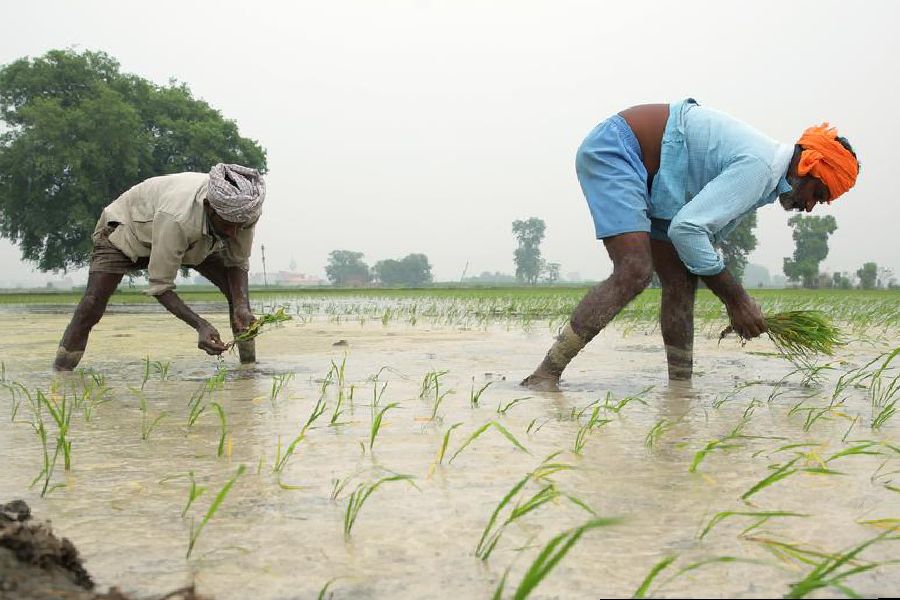Inflationary pressure on the economy is set to intensify as the output of rice and pulses is less than estimated in the kharif season owing to weak rains because of El Nino.
The below-normal rains have also impacted water reservoir levels, a potential threat to winter crops, especially wheat, which are largely dependent on irrigation.
Production of foodgrain has been estimated at 148.57 million tonnes (mt) in the first kharif estimates, 4.6 per cent lower than the final estimates of 155.71mt in the last season.
The monsoon season, crucial for India's $3 trillion economy, provides nearly 70 per cent of the rain needed to grow crops and replenish reservoirs and aquifers.
The June-to-September season ended with a deficit of 5.6 per cent, classifying the 2023 monsoon as "below normal", the first in over four years.
The latest data from the Central Water Commission (CWC) show water in reservoirs at 179.835 billion cubic meters (BCM) against capacity of 257.812 BCM, a shortfall of 30 per cent.
The total rainfall from June 1 to September 30 across India was about 821 millimetres compared with a normal level of 869 millimetres. This means the monsoon season ended with rainfall equivalent to 94 per cent of the Long Period Average (LPA).
Rice production is seen 3.8 per cent lower at 106.31mt against 110.51mt last season. The government has targeted an output of 158.06mt of foodgrains, including 111 mt of rice, in the kharif season.
The agriculture ministry said the estimates of production depend on data provided by the states and validated by the Centre using information from sources such as the Crop Weather Watch Group (CWWG), remote sensing estimates, econometric modelling, historical trends and inputs collected from farmer surveys.
India recently imposed farm product restrictions and stock limits highlighting the sensitivity of the Modi government to food inflation ahead of the general election next year.
The government had last month reduced stock holding limits for wheat among traders, wholesalers and retailers to 2,000 tonnes from 3,000 tonnes, imposed three months back.










